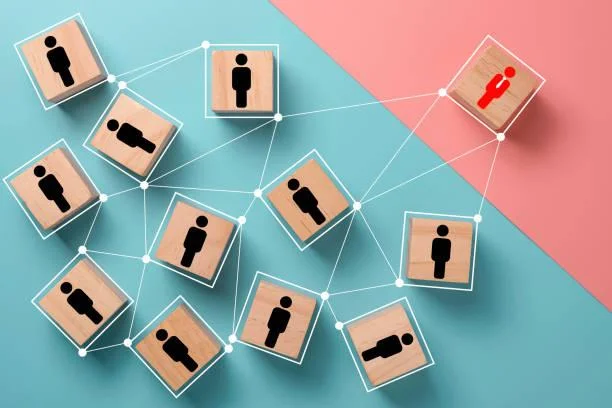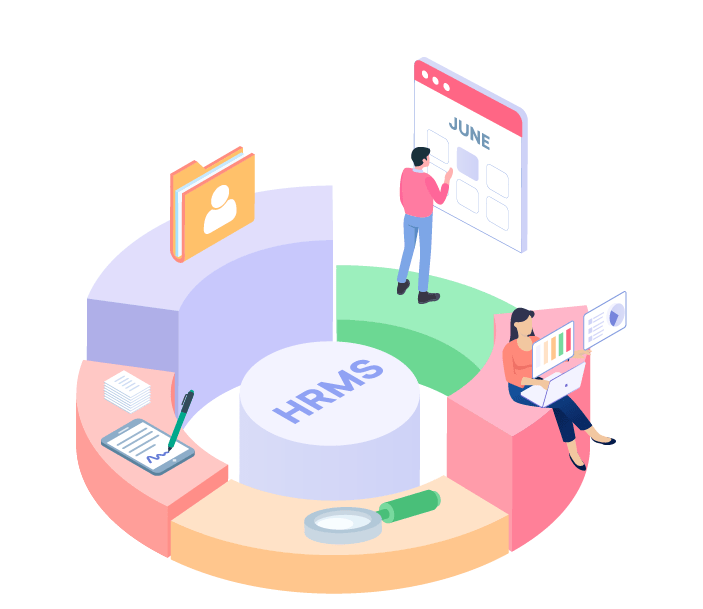

What Does HRMS Really Do?
You’ve probably heard the buzz around HR tech. But what exactly does an HRMS offer that your Excel sheet doesn’t? Let’s break it down:
1. Automates Payroll and Compliance
Indian payroll isn’t simple. PF, ESI, TDS, professional tax—it’s a maze. A good HRMS handles all of this automatically, with regular updates to government norms. You don’t need to check every budget announcement anymore.
2. Manages Leave, Attendance & Shifts
No more hunting for leave slips or manual punch records. HRMS tracks who’s working from home, on leave, or pulling overtime—across time zones and job sites.
3. Streamlines Hiring and Onboarding
Many HR recruiters spend weeks coordinating interviews, collecting documents, and chasing feedback. HRMS platforms like Zoho People and Keka have applicant tracking and onboarding built-in. Candidates upload docs, fill forms, and even sign offers digitally.
4. Supports Performance Management
From quarterly reviews to 360° feedback, HRMS tools bring structure and visibility to how your people are growing. You can even link goals to payouts or promotions.
5. Centralises Employee Data
Looking for an old intern’s bank account detail? Need to verify past experience for an audit? HRMS systems store everything securely in the cloud—accessible in seconds.
Why Indian HRs Are Turning to HRMS (And You Should Too)
Still unsure if HRMS is for you? Here are a few compelling reasons Indian companies are making the switch:
Saves 10–20 hours/week for HR recruiters and managers
Reduces payroll errors by up to 90%
Improves employee satisfaction with transparency and self-service
Helps maintain legal compliance effortlessly
Boosts data security and audit-readiness


5 Things to Check Before Choosing an HRMS in India
Here’s what to keep in mind:
Indian Compliance Support – PF, ESI, GST, etc.
Mobile App – Crucial for field staff and remote teams.
User Interface – Should be easy for non-tech folks.
Pricing – Look for per-employee plans, ideally monthly.
Integration – Should sync with your accounting, Slack, Gmail, etc.
Frequently Asked Questions
Is HRMS suitable for small businesses in India?
Absolutely. Even 5–10 member startups can benefit, especially with cloud-based HRMS tools offering affordable plans.
Does HRMS replace HR recruiters?
Not at all. It supports them. It automates admin tasks so they can focus on strategy and culture-building.
What’s the HR manager full form?
It stands for Human Resources Manager—a role that’s strategic, people-focused, and now more tech-enabled than ever.
Old HRM tool and New HRM Tool!!
Old HRM tools were largely manual, relying on paper-based records, Excel sheets, and basic offline software. Tasks like payroll processing, recruitment, and employee data management were time-consuming and prone to human error. Communication was mostly face-to-face or via email, and tracking employee performance or engagement was limited to annual reviews or static surveys. In contrast, modern HRM tools are digital, cloud-based, and highly automated. They offer features like real-time analytics, mobile access, AI-driven recruitment, and integrated payroll systems. These tools streamline HR operations, enhance employee engagement through continuous feedback and wellness tracking, and scale easily with business growth. The shift has made HR more strategic, data-driven, and efficient.
 India and the UAE are currently served by our service, and we're expanding to the USA.
India and the UAE are currently served by our service, and we're expanding to the USA.